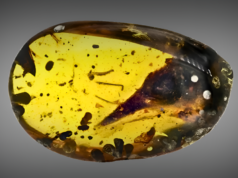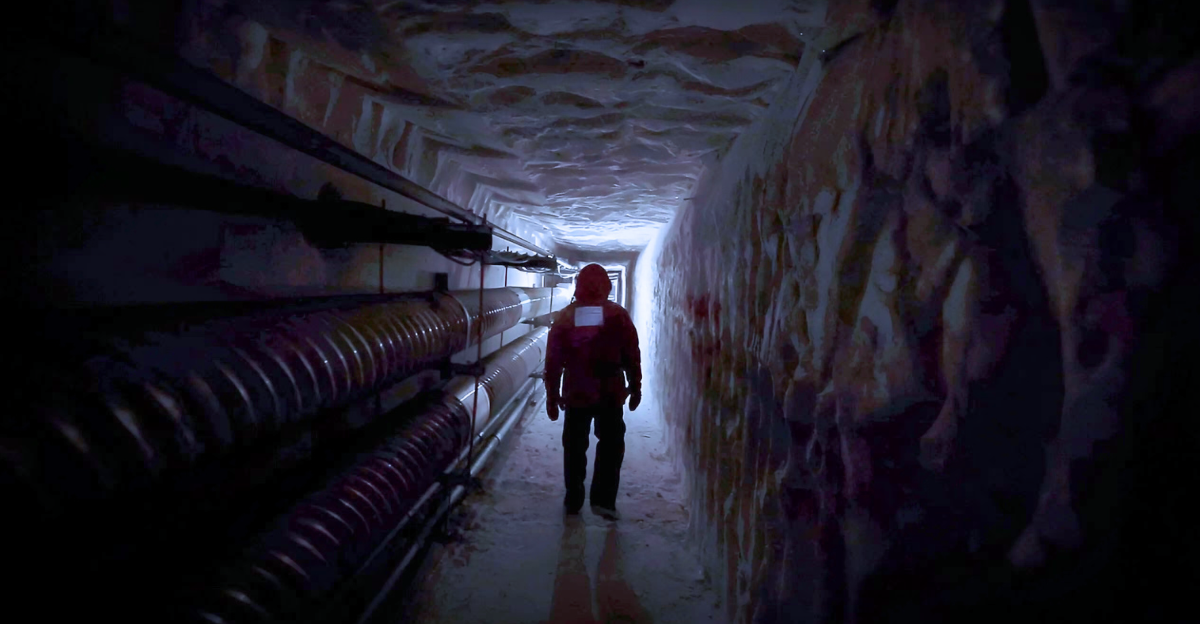
April 2024 saw an image making the rounds. NASA captured the photo, bringing to light a military installation that had long been forgotten about in Greenland’s ice. NASA’s Gulfstream III aircraft used advanced radar over the region, which caught the attention of researchers who noticed man-made shapes hidden underneath the ice.
The discovery was accidental and garnered a lot of excitement as the mystery started unraveling. It was more than just a small anomaly, but rather a city-sized site captured in time by the ice.
A “City” Trapped In The Ice
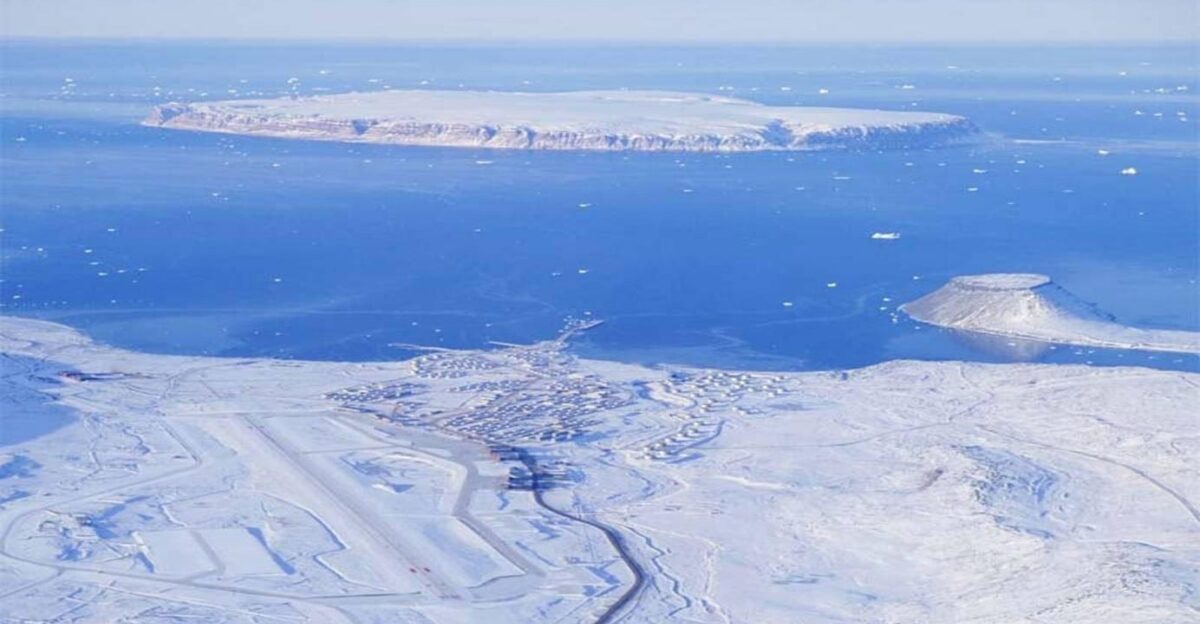
Once the anomaly was discovered, NASA scientists examined the ice more closely using an Uninhabited Aerial Vehicle Synthetic Aperture Radar (UAVSAR). This allowed them to recreate everything under the ice, including the man-made tunnels, buildings, and machinery.
These digital maps showed researchers complex structures, making them question the base’s purpose.
Camp Century
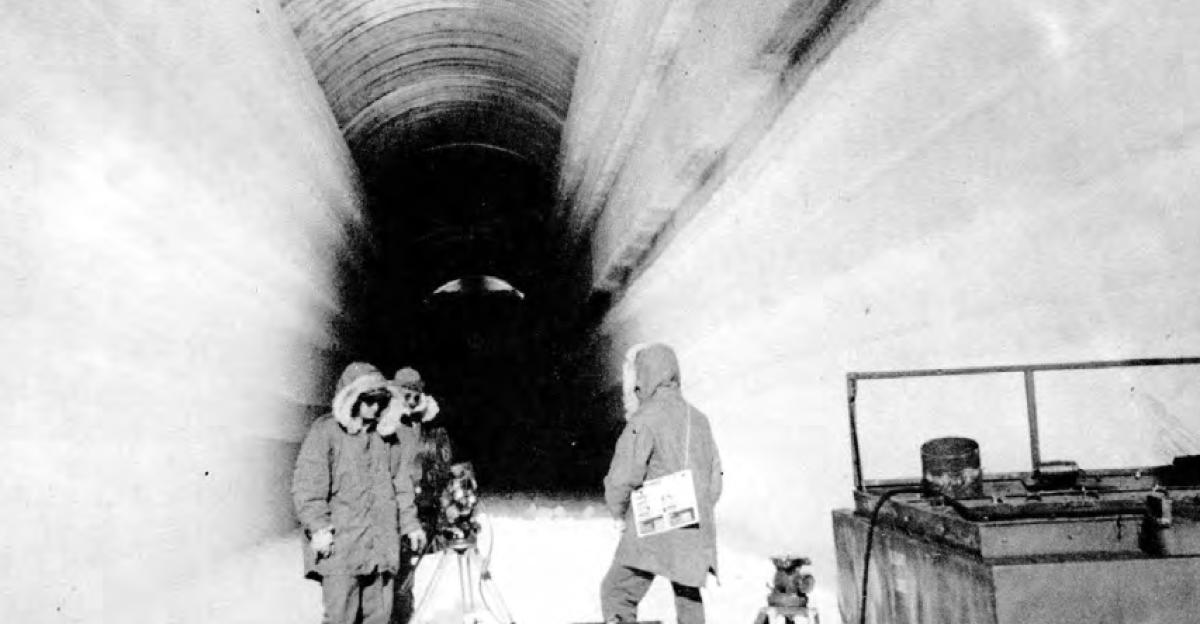
Soon after the discovery, the structure hidden beneath the ice was recognized as an old USUS military base built over 60 years ago, at the height of Cold War tensions. Camp Century was built officially as a forward base for Arctic research.
However, this was a stretch of the truth, and the base was pivotal in Project Iceworm, a plan to keep nuclear missiles underneath the ice in case of a conflict with the Soviet Union.
A Fortress In The Ice
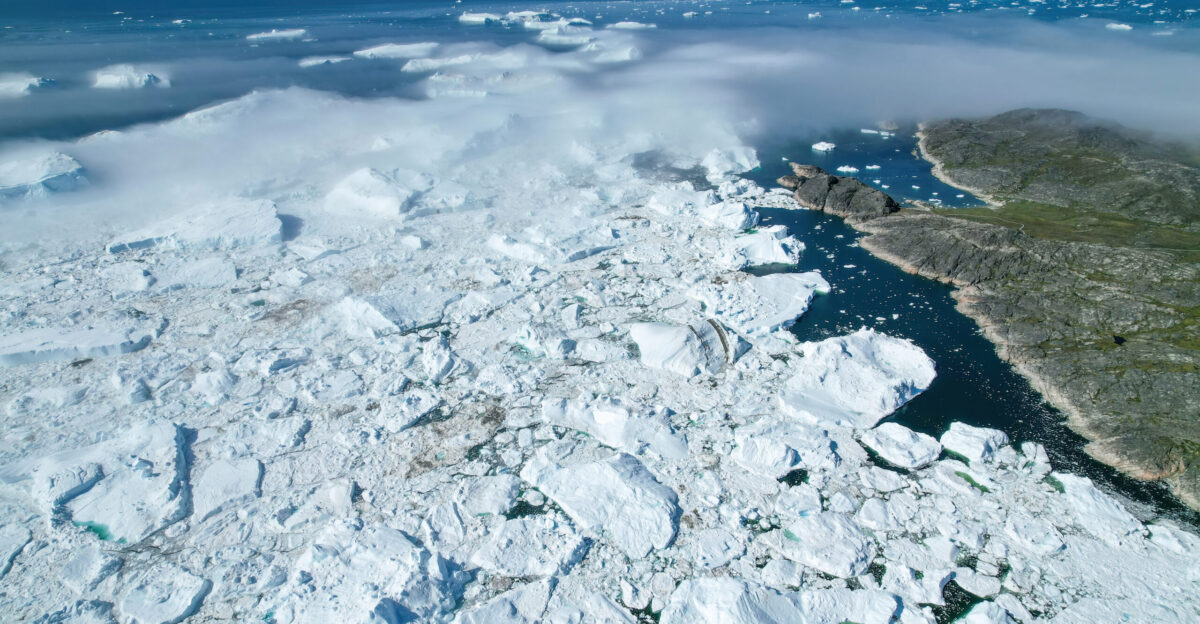
The military base was an amazing example of Cold War engineering. Engineers bored beneath the ice, resulting in a space spanning almost 10,000 feet across 21 tunnels.
The base was more than just a nuclear missile housing; living quarters, labs, chapels, and theaters were built for the personnel stationed there. To power the large base, Camp Century leveraged the PM-2A, 2A the first portable nuclear reactor of its kind.
Living At Camp Century
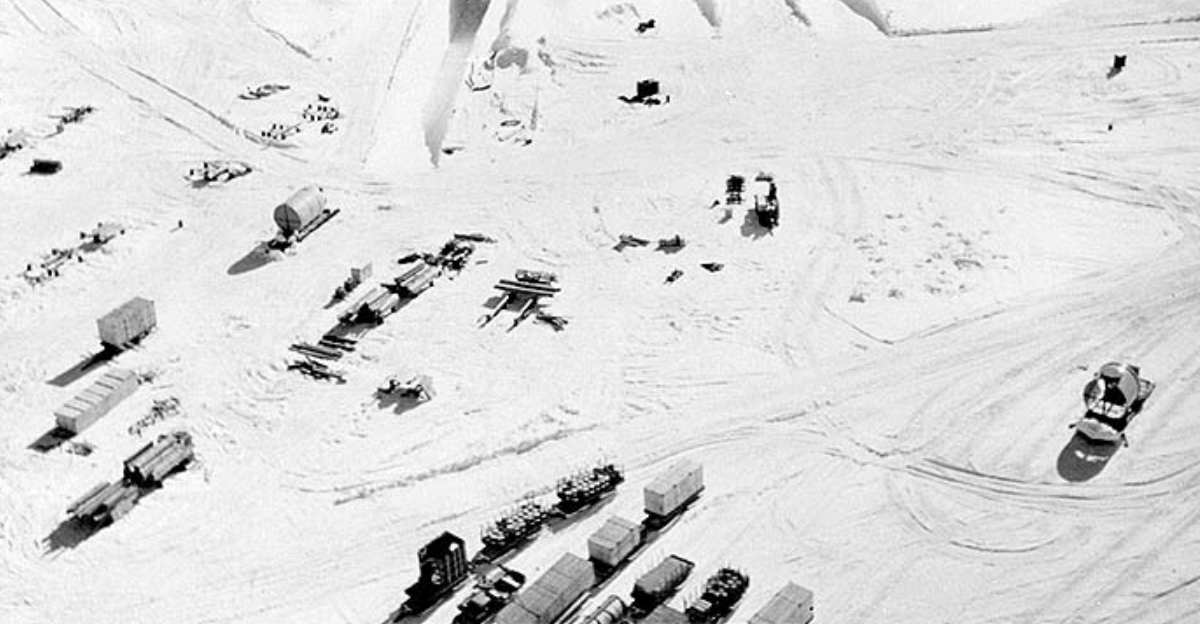
When Camp Century was at its full operational capacity, the base had between 85 and 200 personnel living there, including soldiers and scientists. Scientists would have engaged in daily research while soldiers would have been at the ready for deployment.
The base was operated around the clock, even during the darkest winter months, when those stationed there were completely isolated from the rest of the world. Thankfully, it still featured acceptable amenities at the time, like hot water for showers and recreational rooms.
Project Iceworm
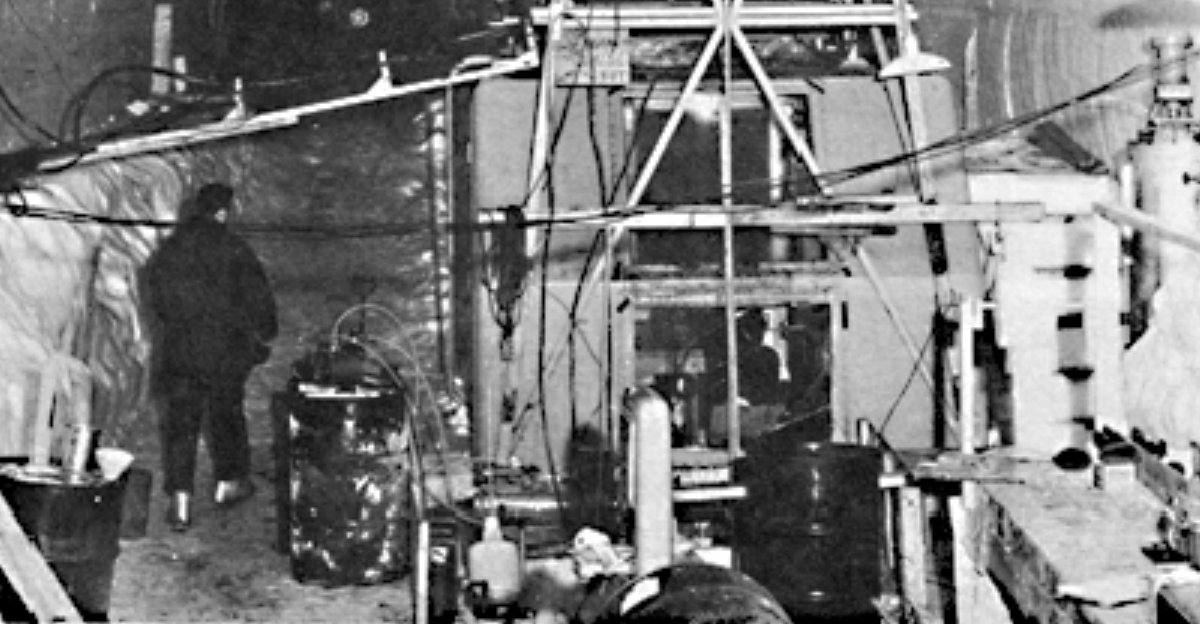
The base was established for Project Iceworm, which was to carve out and establish an extensive network of missile silos underneath the ice, ready to be deployed at a moment’s notice.
However, the project never reached its potential, as the unpredictable nature of the ice made construction impossible. Only eight years after being established, Camp Century was abandoned by the US military. The reactor was transported out of the base, but this left unforeseen consequences.
Leaving Waste Behind
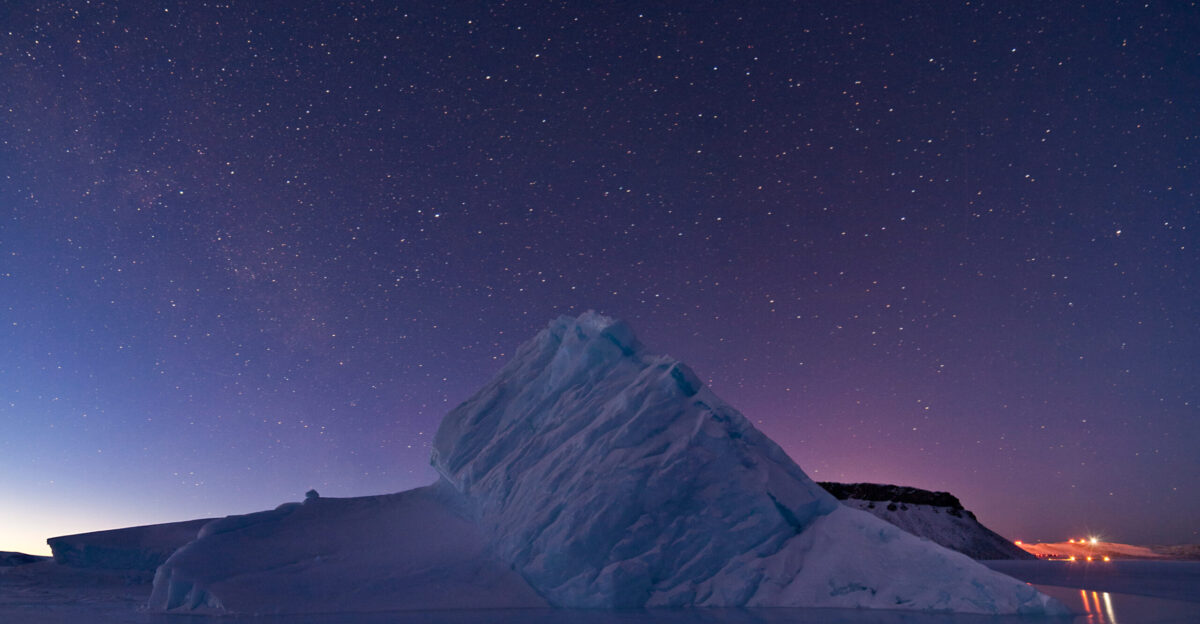
Once everything of importance was removed from Camp Century and it was decommissioned, the US military assumed that the never-ending snowfall would gradually bury the base. This meant that a lot of hazardous waste was left behind, including over 60,000 gallons of wastewater, over 50,000 gallons of diesel fuel, and an undetermined amount of radioactive coolant and PCBs.
Over 130 acres of hazardous material remain underneath the ice, and scientists are worried about how it could threaten the surrounding environment.
Climate Change’s Role
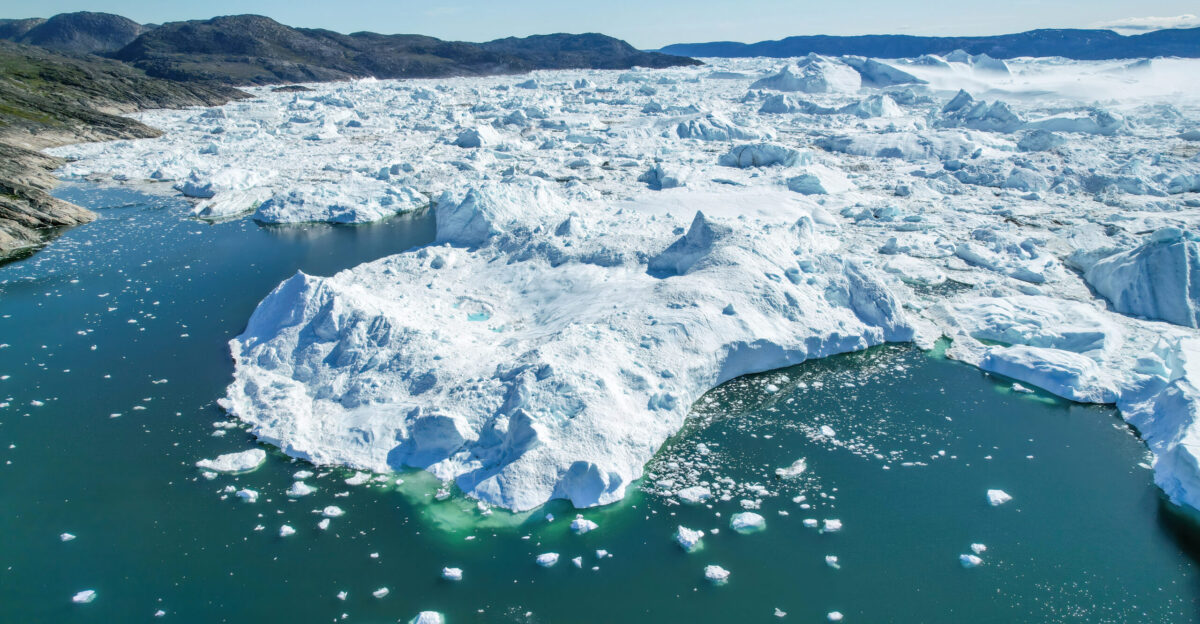
Climate change factors mean that the Arctic is melting, with many experts wondering if the waste left behind could contaminate meltwater. This would have an unprecedented impact on local marine mammals like seals, whales, fin, and humpback, as well as on land animals like Polar bears, musk ox, and reindeer.
However, despite initial pessimistic views, new studies highlight that there is no imminent threat, as the hazardous waste won’t come into contact with meltwater for the next 75 years. The ice and snowfall are expected to keep the waste trapped for at least this century.
An Outpost of Science
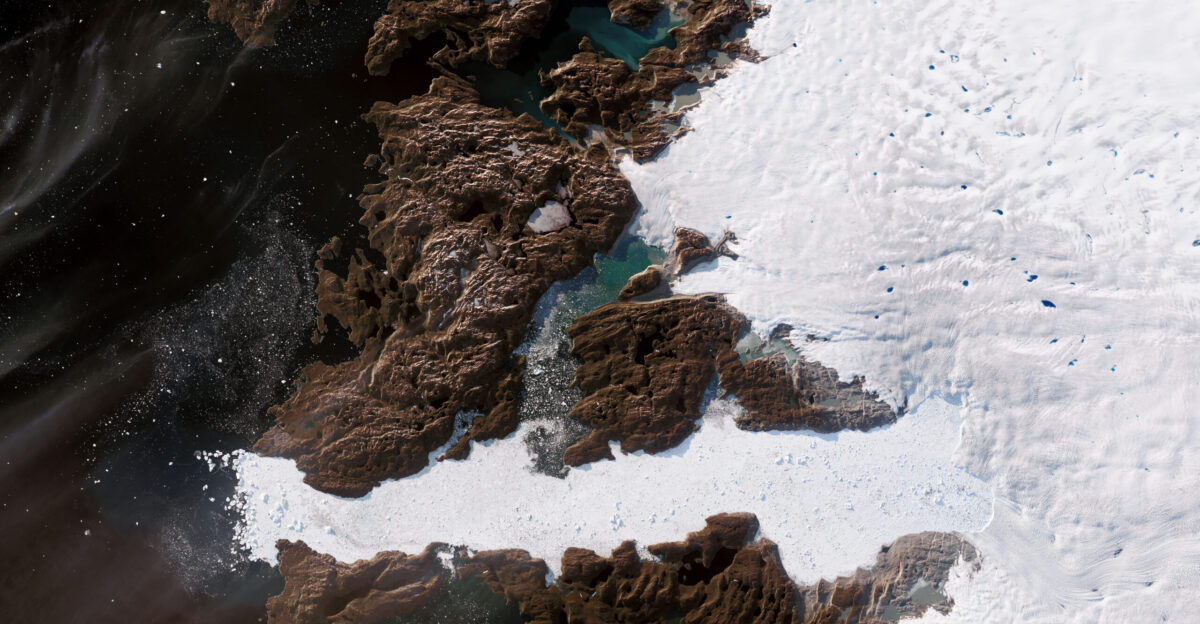
While the base was used as a major military installation, Camp Century had many scientists conducting important research at the time.
Ice cores drilled deep into the ice showed researchers that Greenland wasn’t always covered by ice but rather dense forests. The discoveries at Camp Century helped teach us more about Earth’s climate history.
A Reminder Of The Past
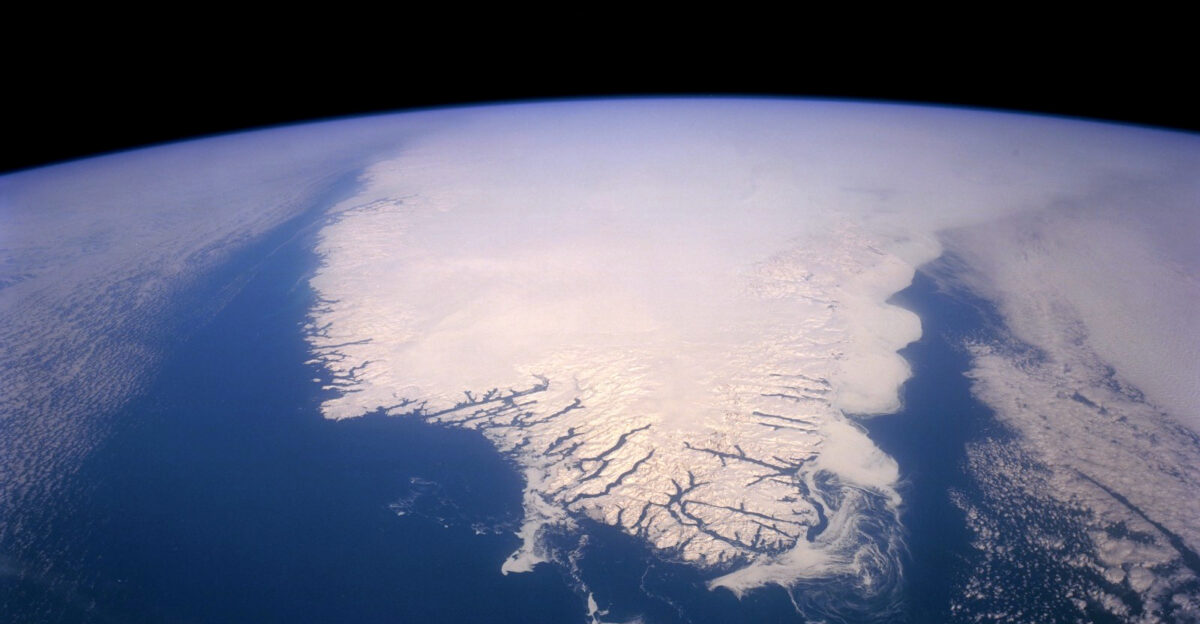
The discovery of Camp Century, buried deep beneath the ice and forgotten by many, is a reminder of our past, where tensions between nations could have resulted in an all-out nuclear war.
However, the military base also has hazards that would be better left in the past with the rest of the base. Whether or not the hazardous waste will have large consequences on the environment around it, only people in the next several generations will know for certain.




